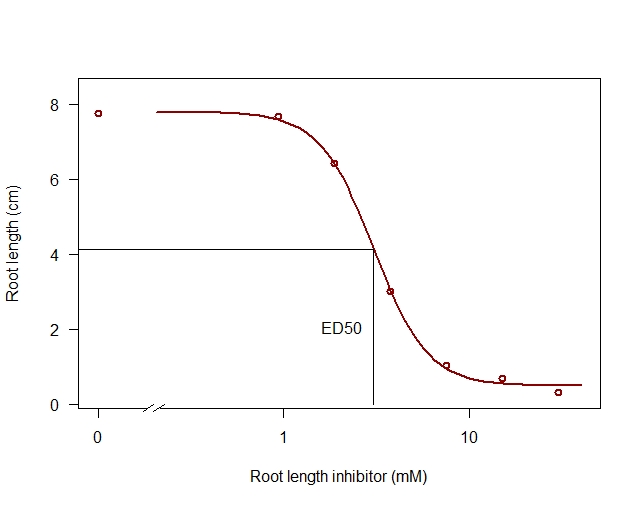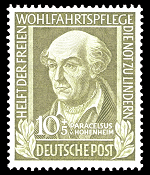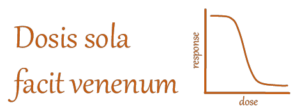bioassay
dose
Concentrations of a chemical (Root length inhibitor) that might evoke an effect in living organisms (Root length).
Response
Biological effect (Root length growth), also called: endpoint or outcome or y, at a given dose.
In a nutshell
The graph illustrates a dose-response analysis. It can be carried out by using multi-purpose commercial statistical software. Still, except for a few special cases, the analysis easily becomes cumbersome as relevant, non-standard output requires manual programming.
The extension package drc for the statistical environment R (r-project) provides a flexible and versatile infrastructure for dose-response analyses in general.
This homepage aims to provide an overview of state-of-the-art dose-response analysis, both in terms of general concepts evolved and matured over the years and through concrete examples.

History

The history of bioassay goes back many hundred years. One of the more unusual applications is that numerous rulers had cupbearers who tried the ruler’s food and drinks to avoid poisoning and probably the demise of the regent. The bioassay response was the survival/health of the cupbearer.

“What is not poisonous: Everything is a poison and nothing is inert. The dose alone decides whether a thing is a poison or not.”
Paracelsus (1494-1541)
Team

Jens Carl Streibig
Professor Emeritus of Weed Science at the Faculty of Science, University of Copenhagen, Denmark

Christian Ritz
Professor of statistics and epidemiology (National Institute of Public Health), University of Southern Denmark
